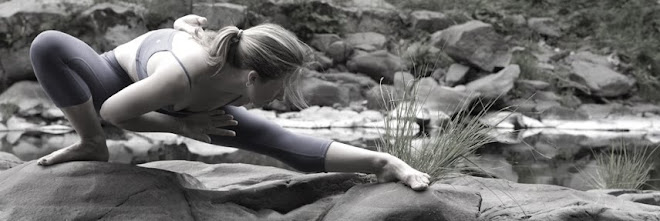
On Halloween weekend, I was at Samadhi Yoga in Seattle to hear a lecture from Dr. Robert Svoboda, author, Ayurvedic doctor, world traveler and teacher. When Dr. Svoboda passes through our part of the world, it is a special opportunity to spend time with a unique and talented teacher, and I am grateful for the times when we’ve crossed paths.
Dr. Svoboda’s talk focused on Tarpana, or The Art of Gladdening. This can be interpreted as maintaining health through assimilation of the sweetness of life. You might become aware of what pleases you, and be pleased, and filled with sweetness. The more we develop this capacity, the more we will also be sustained in difficult times. Using a broad definition of the word “taste”, to include not just the flavor of food, but also the sensory experience of hearing, feeling, smelling, and seeing life, our vitality is sustained by transforming experience, or taste, into sweetness, just as we transform food, through the power of agni, into the tissues of the body.
As with digestion, we may eat but not be nourished, due to the food itself, our powers of agni and assimilation, and whether or not we eat the right thing at the right time in the right amount. The same goes for our experiences of life. There are ways to optimize the food of the moment, for best assimilation, and vitality of our prana.
Some of our ancestors might miss the experiences of life in a physical, watery body. They might feel entitled to share the experience of those who share their genetic code. Perhaps a shadow of their presence will eclipse us for a moment, so that they may feel the satisfaction of human life. Or, you may be hampered in your life by the weight of the past. As my teacher says, one of the most difficult things to become aware of, let alone change, are our cultural, genetic, and ancestral patterns and habits. This is because we are so immersed in our own culture that we are not even able to separate from it enough to see what is habit, and what is our true essence. Consequently, our culture and heritage have a strong grip on us. How to satisfy these ancestors, in order to preserve our own space and prana was another aspect of Dr. Svoboda’s talk.
This time after the festival of Diwali is especially good for honoring our ancestors. If you find a teacher, they may guide you in the specifics of how or when to do so, but you can also follow your intuition.
One step in the right direction we can take is to satisfy ourselves, in this life, so that when we leave our bodies we will be less inclined to pester our descendents. We will be less compelled to impose our presence upon them, out of the longing for things we miss from being in the physical body. If we have been satisfied in our own life, we’ll be less inclined to wring a bit more out of a life that belongs to someone else.
As Dr. Svoboda says, “the most important things we have to do every day are eat, and not be eaten.” As modern humans we don’t usually have to worry about being literally eaten, but we would be wise to notice the myriad ways we are being energetically eaten. There are factors (like the media, internet, people motivated by boredom, wealth, etc) constantly working to pull our attention their way, and dissipate our energy; prana. Our attention is constantly drawn out into the world, and our energy is wasted, leaving us feeling less vitality, more unsatisfied, empty, hungry, depleted. So, the idea is to enjoy the world and ourselves without allowing our prana be drawn away: you may enjoy the world and experience, but don’t let it enjoy you. Robert Svoboda quoted his teacher Vimalananda in saying, “Are you enjoying your whiskey, or is your whiskey enjoying you?”
For the talk on Friday and his generosity with these teachings I am grateful to Dr. Robert Svoboda. Please see his website www.drsvoboda.com for travel schedule, articles, and useful links. This synopsis is my take on Dr. Svoboda's talk and while the ideas must be attributed to him, I have simplified and give an overview of what I took from the talk.
upon returning home, I was thinking about the past and ancestors and came across this quotation in a short story:When my grandfather was dying, I was not thinking about the past. My grandfather was still a man I knew, but as he subsided day by day he was ceasing to be the man I had known. I was experiencing consciously for the first time that transformation by which the living, by dying, pass into the living, and I was full of grief and love and wonder. …the past is the present also. And this, I think is part of the greater mystery of what we call eternity….the man who was my grandfather is present in me, as I felt always his father to be present in him.From the story, “Pray without Ceasing”, by Wendell Berry 1992



